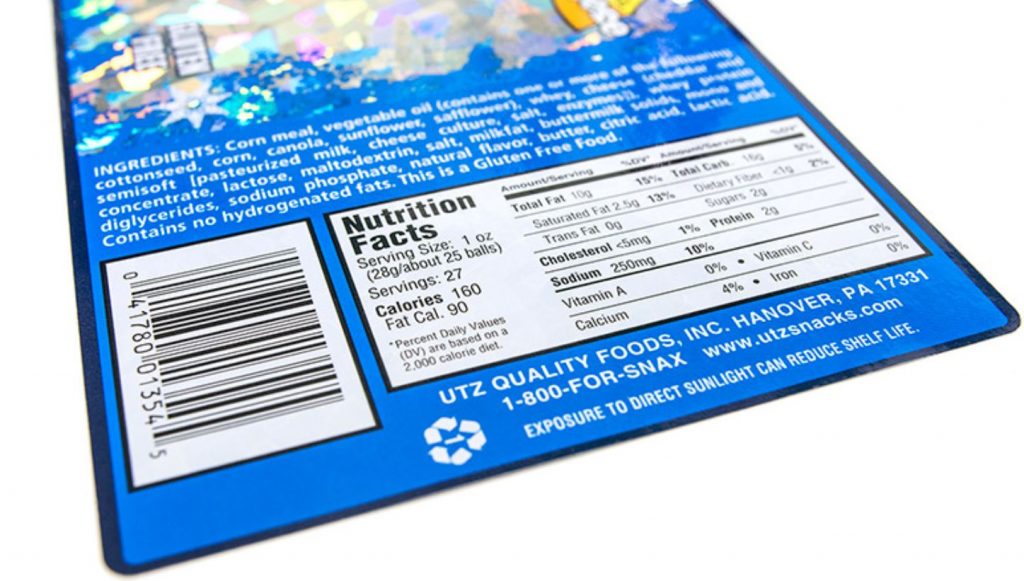As time years pass by, there is more and more scientific evidence to support the idea that some food and food components are beneficial to an individual’s physiological and psychological health, such as keeping your energy levels high or improving your brain function. The vital purpose of diet, after all, is to provide sufficient nutrients to an individual and meet the required or preferred overall state of health and well-being.
Nowadays, traditional food products such as fruits, vegetables, whole grains, and milk contain additional components for additional health benefits. Other food products are also being developed to enhance or include beneficial components, turning them into what we call functional foods. Apparently, this is because of consumer interest and for higher profit in business.
Functional foods are now also recognized as a helpful part of one’s lifestyle to reduce the risk of illness and disease. Containing antioxidants that can prevent cell damage and chronic conditions such as cancer, diabetes, and heart disease.
Food labels can be helpful for individuals who are monitoring their health. Perhaps they’re trying to lose, gain, or maintain their weight. Since June 2021, the U.S. Food and Drug Administration (FDA) is issuing a rule where they are revoking and amending the standards for low-fat and nonfat yogurt. They are now allowing additions to its nutritional content, such as vitamins A and D, while still meeting the fortification standard.
Trusted nutraceutical contract manufacturers seek to acknowledge and abide by this. Having the optional choice of putting a label statement, “contains live and active cultures,” or similar. However, if the product doesn’t really contain such components, “does not contain live and active cultures” (or similar) is required to be printed on the label.

How true are nutrient claims in food labels?
While additional nutrients to food products are proven to be true by scientific results, have you ever thought of how accurate these nutrients are in food labels?
Since many people have doubts about functional food label accuracy, there is a study conducted in which they investigated popular snack foods in the U.S., including candy and cereal bars, chips, nut mixes, yogurt, pastries, crackers, and cookies. The study claims that the calorie content in samples of these products is higher than what’s stated on the nutrition facts labels. Measured energy exceeds by 8 percent on average in pre-packed convenience store meals.
This study definitely proves something, but it doesn’t generalize all functional food products. Each brand and product is manufactured differently, having different ingredients and components.
There is much information out there that advises you to not be fooled or tricked by food labels. There may be misleading labels, such as no added sugar, low-fat or low-sodium, organic or natural, or gluten-free. But, to tell you for one, food labels are most probably not trying to fool you. In fact, they give you as much information as possible. As a consumer, all you have to do is learn to figure out how to read them in order for you to find the food product that you prefer to reach for.
How do you read food labels then?
Reading nutrient facts is a tricky task, especially when you don’t have time to read each one of each product in the grocery store. Front labels are, in fact, often used to lure people into buying the product, which makes them seem dishonest. Making it more difficult for consumers like you.
Therefore, you have to look into the back of the packaging since that’s where all the ingredients and nutrition facts are. When the ingredients list is longer than two or three lines, that means the food item must be highly processed.
The first thing you need to do is read and understand carefully the ingredients of the product. These are usually listed by quantity, from the most abundant amount to the least. The first three ingredients are often the most ingredients in which the product comprises.
Choose the product that has whole foods as its three primary ingredients. If the primary ingredients are that of any type of sugar or hydrogenated oils, that item is most probably an unhealthy one. So you also have to know the names of such sugars and oils so you can avoid them.
Another thing you need to watch out for is the serving size or net weight because this is often unrealistic. Many people assume that the entire container of the food product they consume is a single serving. But realistically, it may contain two or more.
So people believe or rely so much on food labels without considering the amount and the main content of the food they’re consuming. On the other hand, some people are almost completely skeptical about food labels, or maybe they’re just trying to be careful.

